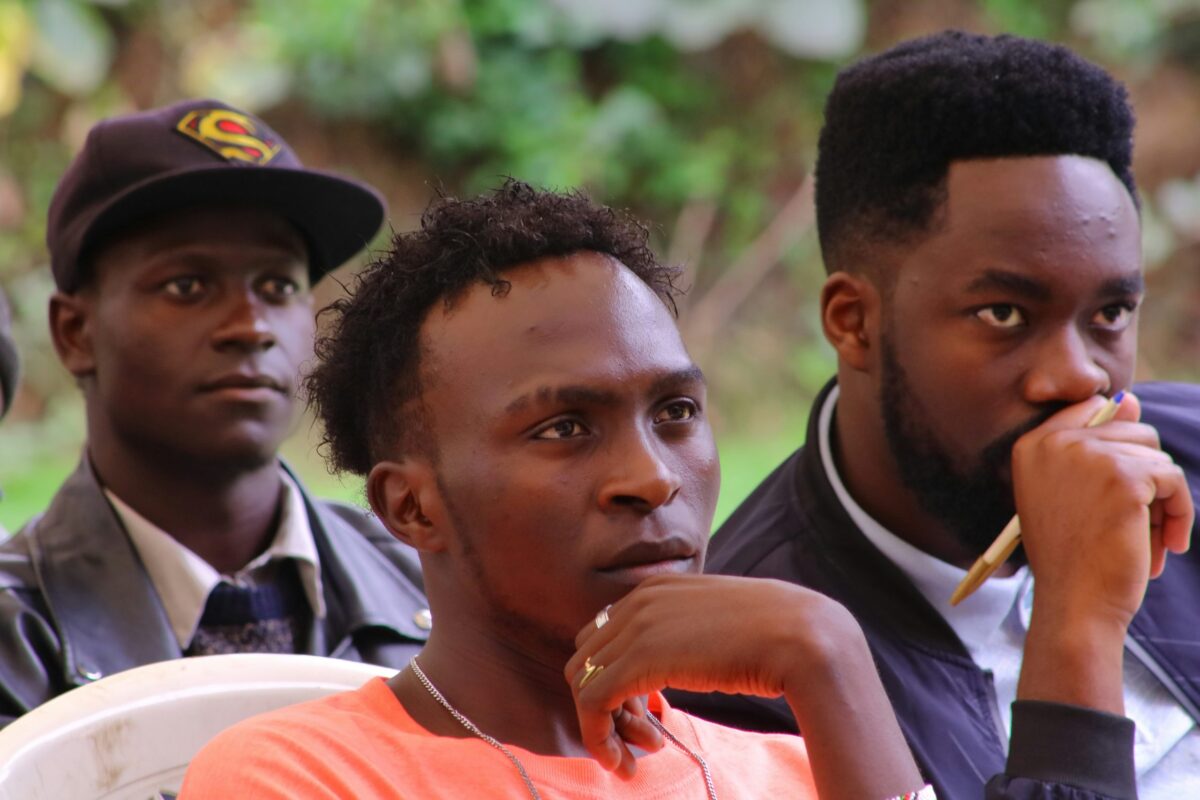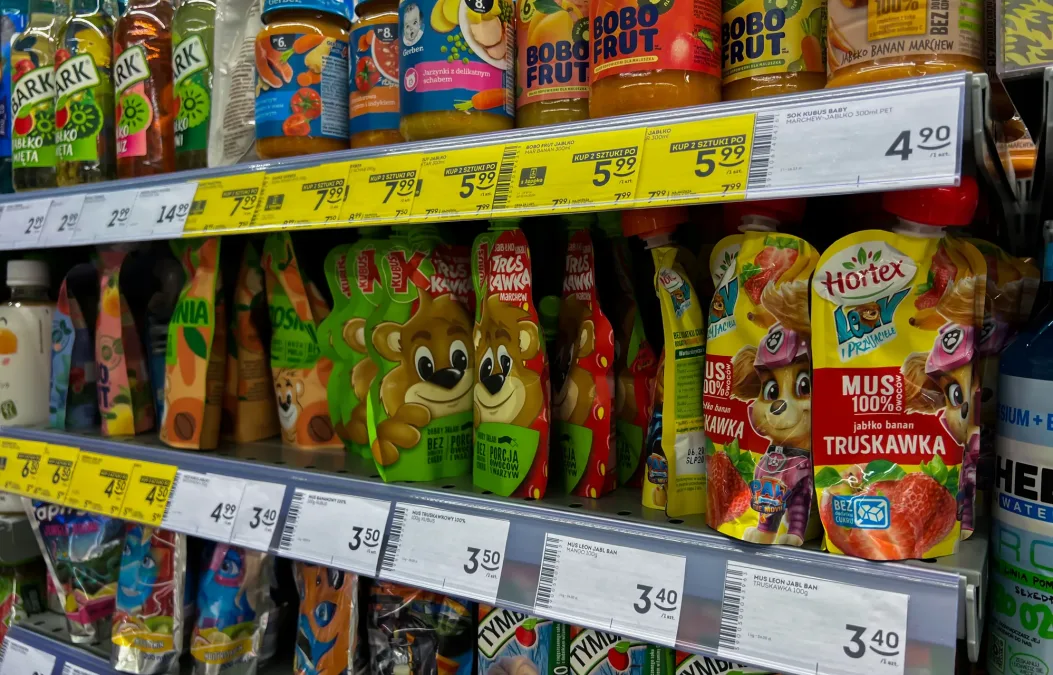Europe’s talent shortage isn’t just a statistic. It’s a warning sign. Right now, 84 per cent of occupations in the EU face gaps in at least one member state, according to the European Employment Service EURES. Construction and engineering crafts, healthcare, and ICT are the most affected sectors.
That’s not a small crack in the system—it’s a fault line threatening the region’s competitiveness. But look closer, and you’ll find fresh ideas brewing in unexpected places.
Demand for engineers, healthcare professionals, and ICT specialists is skyrocketing, driven by ageing populations and rapid technological changes. Automation might fill part of the void; re-skilling and upskilling programmes could close some of the gap.
Yet the challenge remains: Will Europe reinvent quickly enough to stay relevant, or watch as industries stall for lack of human capital?
One emerging answer points outside the EU: global partnerships and talent exchanges. These aren’t pie-in-the-sky gestures. They’re real strategies that link Europe’s future to professionals from beyond its borders.
The Digital Explorers initiative showcases how it works in practice. Funded by the European Commission, the programme connects Baltic companies with tech specialists from Kenya, Nigeria, and Armenia.
It sends interns to Estonia and Lithuania, fosters remote collaboration from Africa, and promotes an in-person transfer of skills. Think of it as forging global connections that yield immediate business results, not vague intentions.
Like-minded ecosystems
“Digital Explorers is first and foremost about individual journeys of tech talents connecting our like-minded ICT ecosystems,” says Žilvinas Švedkauskas, managing director at OSMOS, the Vilnius-based think-and-do tank behind the project.
He isn’t looking for quick wins—he’s aiming to build deeper links that could reshape Europe’s tech scene for the long haul. Since launching its second edition in 2023, Digital Explorers has placed Kenyan interns in Baltic start-ups, trained more than a hundred budding software engineers in Africa, and opened a channel that goes both ways.
This isn’t conventional recruitment. It’s a reinvention of how Europe sees incoming talent. Švedkauskas points to a broader vision: individuals come for the internships, but they leave behind lasting partnerships between companies and entire communities. That’s impact measured not just in headcount, but in the trust and knowledge that keep on spreading, one coder or data analyst at a time.
The second big idea is local agility. The Baltic region has a mature start-up ecosystem—Estonia alone has given us several tech unicorns. But even well-established hubs need fresh insights.
As Mercy Kimalat, CEO of the Association of Startup and SME Enablers of Kenya (ASSEK), explains: “The start-up ecosystem in the Baltics is impressively mature and stable, but it still needs to continue to grow and innovate. This is where global partnerships, fresh talent, and ideas could really benefit us all.”
Kimalat acknowledges the hurdles both Kenya and the Baltics have faced, from inflation to regional political tensions. But connecting two distant ecosystems reveals how each navigates adversity and keeps forging ahead.
A two-way street
Sharpening that connection involves more than just visas and flights. Immigration regulations can be slow or restrictive, turning a promising partnership into a bureaucratic dead end.
Švedkauskas admits there’s “a lot of advocacy and informed persuasion still to be done”, even as the initiative wins fans on both continents. That’s why a group of thirteen tech ecosystem leaders from Kenya, Nigeria, and Armenia are currently in the Baltics shadowing local tech companies.
They are sharing the daily grind, hunting for genuine collaboration opportunities, and seeing up close how Europe’s regulatory frameworks work in practice.
One of these visitors is Ruben Osioyan, CEO of the Science and Technology Angels Network in Armenia (STAN).
He sees Digital Explorers as a “promising foundation for future growth”. Armenia’s growing tech sector might benefit from forging closer links with a region that knows how to transform good ideas into strong exports.
Meanwhile, the Baltics could learn from Armenia’s approach to pushing innovation under intense resource constraints. It’s a two-way street, which is exactly how the programme intends it.
The long game
Digital Explorers began in 2019 with about 50 young Nigerian and Kenyan ICT talents placed in Baltic companies. More than 60 received advanced data analytics training or paid traineeships in Nigeria, Kenya, and Armenia.
Now, in its second edition, the venture is co-implemented by OSMOS, Latvian Startup Association Startin.LV, and the Estonian Centre for International Development (ESTDEV).
Each player focuses on a different angle—policy research, on-the-ground training, or scaling successful pilots into broader projects.
But the real story isn’t just about bridging skill gaps; it’s about forging a sharper, more interconnected tech community. Europe’s labour shortages won’t vanish overnight, even with increased automation and reskilling drives.
But these global partnerships offer more than short-term fixes. They have the potential to reshape how Europe finds talent, how it trains and keeps professionals, and how it engages with fast-growing tech hubs elsewhere.
Part of Europe’s future might hinge on its ability to welcome innovators from different cultures, let them thrive, and send them home with a network that continues to deliver returns.
That’s not a quick fix—it’s a long game. But every data analyst placed in a Lithuanian start-up, every engineer forging new tools in Nairobi for a Baltic partner, every new spin-out co-created across continents—these are steps that move the EU beyond easy slogans and straight into real execution.
Europe can’t afford complacency. It needs fresh perspectives, big ideas, and the willingness to try something different. Talent exchanges aren’t just beneficial for local hiring managers looking to plug gaps. They can spark broader reinvention—turning Europe’s labour shortfall into a catalyst for global ties, deeper innovation, and a tech sector primed for tomorrow’s demands.
That’s how you build a stronger, more resilient Europe: one real collaboration at a time.
Photo by Oscar Omondi on Unsplash







